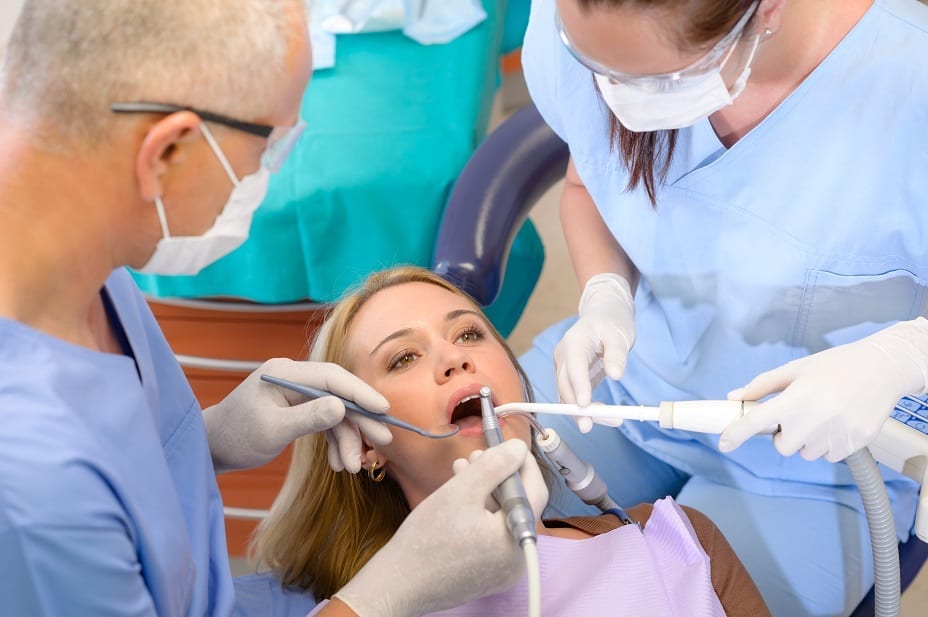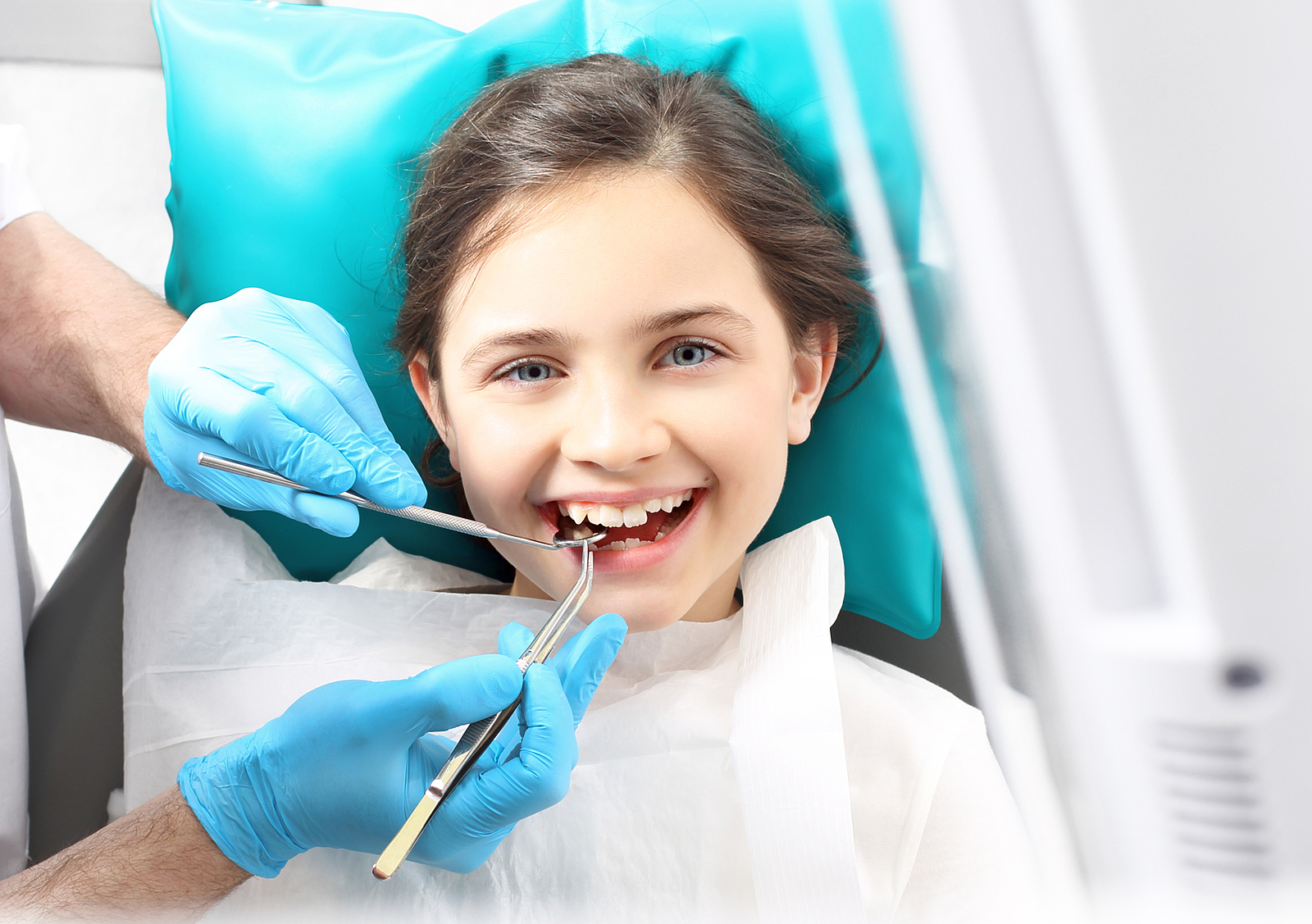10 Easy Facts About Legacy Orthodontics Shown
10 Easy Facts About Legacy Orthodontics Shown
Blog Article
Some Known Details About Legacy Orthodontics
Table of ContentsHow Legacy Orthodontics can Save You Time, Stress, and Money.Everything about Legacy OrthodonticsNot known Incorrect Statements About Legacy Orthodontics All About Legacy OrthodonticsSome Known Details About Legacy Orthodontics
In addition, we offer adjustable treatment schedules, versatile repayment options and a fun, satisfying experience.An orthodontist is a dental professional trained to identify, avoid, and deal with teeth and jaw irregularities. They deal with existing conditions and are trained to recognize problems that may develop in the future. Orthodontists deal with people of all ages, from kids to grownups. Individuals typically link a perfect smile with excellent wellness.
Malocclusion, or misaligned teeth, can cause dental issues, consisting of dental cavity, periodontal condition, and challenging or agonizing eating. Yet not everyone is birthed with straight teeth. If you have a negative bite or large rooms between your teeth, you may intend to consult a dentist focusing on orthodontic treatment.
Examine This Report on Legacy Orthodontics
( Photo Debt: DigitalVision/Getty Images) Orthodontists use taken care of and detachable dental devices, like dental braces, retainers, and bands, to change the setting of teeth in your mouth. Orthodontic treatment is for dental abnormalities, including: Uneven teethBite problems, like an overbite or an underbiteCrowded teeth or teeth that are too much apartJaw misalignmentThe objective of orthodontic treatment is to enhance your bite.
A healthy and balanced bite guarantees you can consume, eat, and talk correctly. While you could assume of orthodontists as mostly for kids or teens who need braces, they can correct oral troubles at any kind of age. Orthodontists go to college, dental school, and orthodontic school. After college graduation, they invest 2 or 3 years in an orthodontic residency program.
, however not all dental experts are orthodontists. They focus on two areas: Exactly how to correctly and securely move teeth Just how to appropriately direct development in the teeth, jaw, and faceOnce an orthodontist has actually completed training, they have the option to become board certified.
Legacy Orthodontics - Truths
Imbalance, or malocclusion, is the most usual reason individuals see an orthodontist. It is hereditary and is the outcome of size differences in between the top and reduced jaw or between the jaw and teeth. Malocclusion causes tooth congestion, a twisted jaw, or uneven bite patterns. Malocclusion is typically treated with: Your orthodontist affixes steel, ceramic, or plastic square bonds to your teeth.
Some people require a headgear to assist move teeth into line with stress from outside the mouth. A retainer is a custom device that keeps your teeth in place.
They're frequently used on children. They can create extra space in the mouth without needing to pull teeth. If you have a major underbite or overbite, you could require orthognathic surgery (also called orthodontic surgical treatment) to lengthen or shorten your jaw. Orthodontists use cables, surgical screws, or plates to support your jaw bone.
You may need to see an orthodontist if you have: Crowding or not enough room for all of your teethOverbite, when your upper teeth come over your base teethUnderbite, when your base teeth are as well much forwardSpacing or problems with gapsCrossbite, which is when your upper teeth fit behind your base teeth when your mouth is closedOpen bite or an upright void between your front bottom and upper teethMisplaced midline, when the center of your bottom and upper teeth don't line up Fixing a dental malocclusion can: Make attacking, chewing, and talking easierImprove the proportion of our face and your total appearanceEase discomfort from temporomandibular joint conditionsSeparate your teeth and make them less complicated to cleanse, assisting avoid dental caries or dental caries It's often a dental expert try this web-site who first notifications misaligned teeth during a routine test.
Some Known Details About Legacy Orthodontics

During your very first orthodontic examination, you'll likely have: An oral examPhotos taken of your face and smileDental X-raysPanoramic (360 level) X-rays of your face and headImpressions to develop mold and mildews of your teethThese examinations will assist your orthodontist know just how to continue with your treatment. orthodontist. An orthodontist is a dentist that's had training to treat your teeth and jaw
An orthodontist is concentrated on your bite, so something like a cracked tooth would certainly be dealt with by a dentist. Orthodontists are focused on your bite, or the way your teeth fit together, and the straightness of your teeth.
Ever wondered exactly how stars constantly seem to have completely lined up teeth? Orthodontists are oral specialists who concentrate on correcting irregularities in the teeth and jaws.
The Best Guide To Legacy Orthodontics

While dental braces are the most frequently identified orthodontic therapy, orthodontists have a diverse toolkit at their disposal. The specific strategy selected depends upon the intensity of the instance, the individual's age, and private preferences. These tried-and-true braces utilize a system of braces adhered to the teeth and linked by cables.
Clear aligners, like Invisalign, are a popular alternative for patients looking for an extra discreet treatment choice. These removable trays are tailor-made to gradually shift the teeth's placement. Headgear may be made use of in combination with braces or aligners to apply additional targeted forces, particularly for correcting jaw discrepancies. In instances of narrow jaws, palatal expanders can be used to create room for appropriate tooth positioning.
Report this page